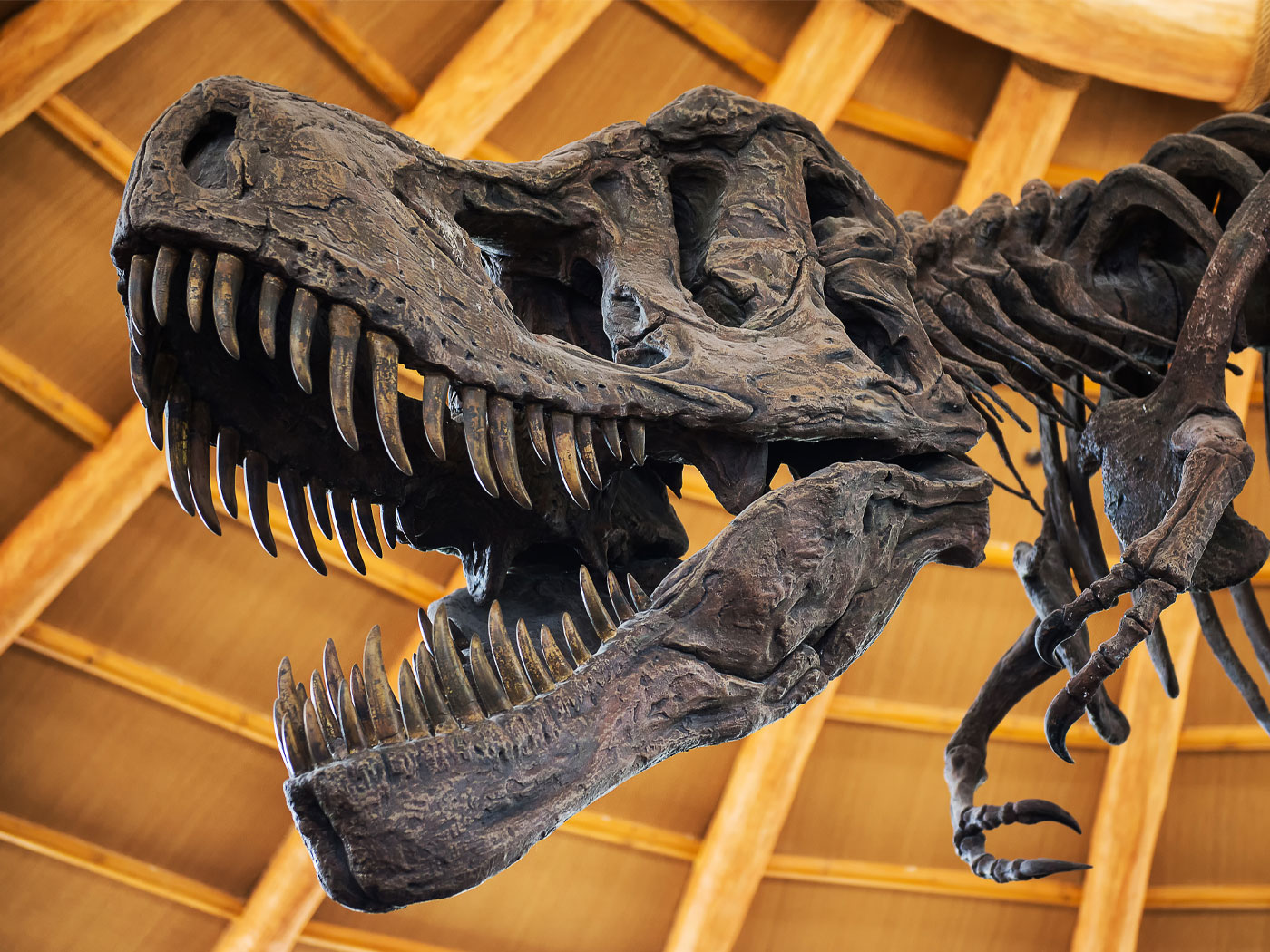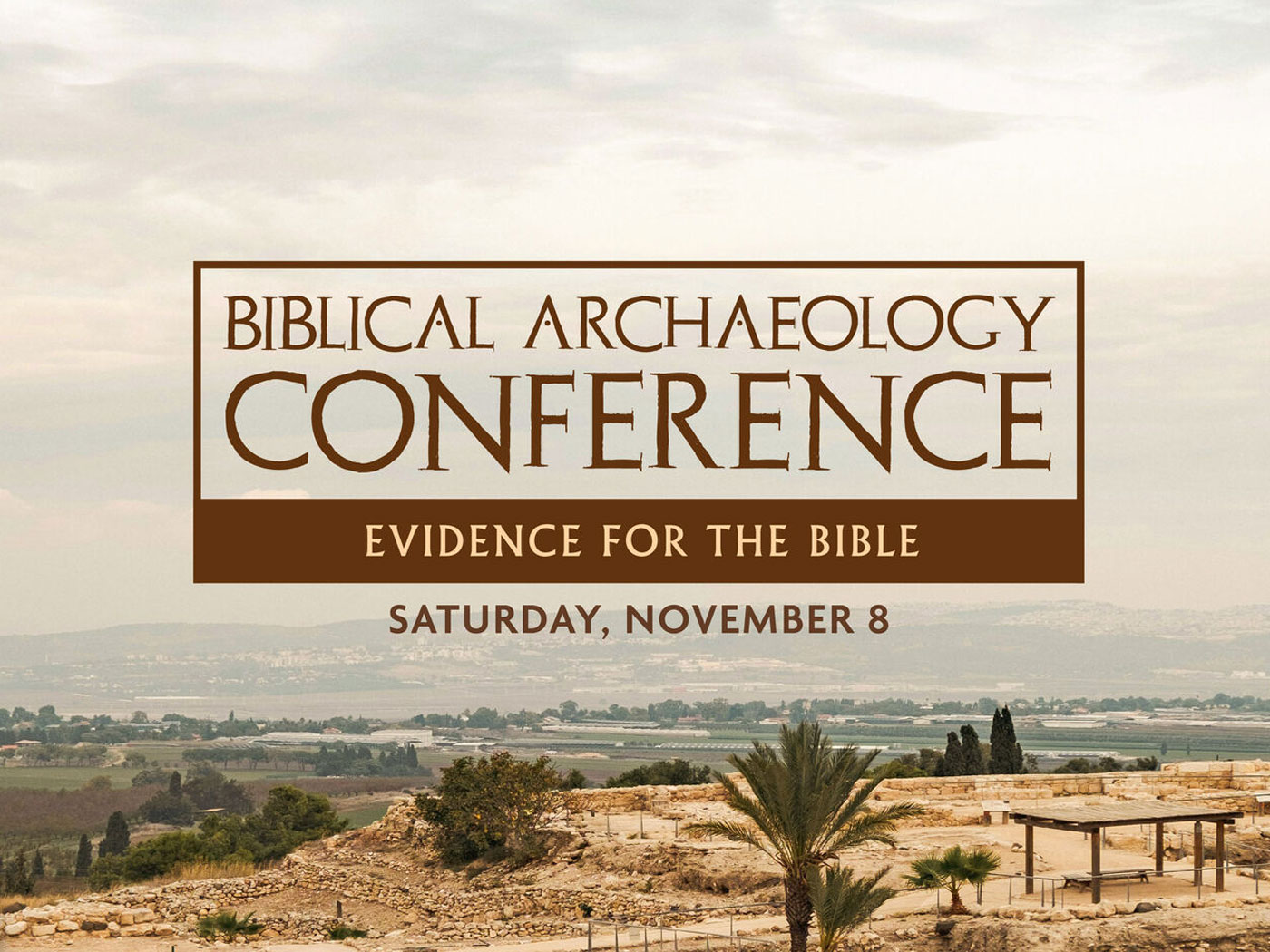Western society’s eugenics disaster of the early 20th century sought to weed out the “unfit”—people seen as genetically dragging the human race down. It flowed from a survival-of-the-fittest mentality.1 The U.S. Supreme Court punctuated this blunder with the Buck v. Bell decision (1927) that effectively legalized eugenics practices. Though eugenics became widely stigmatized by the 1970s, a captivating fitness-survival-death mindset has endured. These death-fueled practices haven’t missed a step following the Supreme Court’s Roe v. Wade (1973) decision that legalized abortion, the new eugenics.
The Eugenics-Abortion Link
Early eugenicists won a scientific consensus by using a few strategies. They established peer review to secure credibility, abused peer review to monopolize control, crowned “experts” to project authority, and marginalized dissenters to enforce compliance.1 Though the public found forced sterilization distasteful, recent research by social scientists Deborah Barrett and Charles Kurzman reveal how eugenicists perpetuated their practices right under society’s nose. They document how eugenics-driven peer review continued by merely renaming the existing periodicals. The Annals of Eugenics transitioned to the Annals of Human Genetics, The Eugenics Review conveniently became The Journal of Biosocial Science, and The Eugenical News/Eugenical Quarterly morphed into Social Biology.2
Noting that eugenics-based ambitions were purposely channeled into abortion-rights activities, they added,
In keeping with the subterranean strategy, some eugenicists continued their work under the cover of non-eugenic disciplines and organizations, such as the birth-control and population-control movements. For example, the first administrator of the Population Council, a former president of the American Eugenics Society, recalled in 1974 that the post-war birth-control and abortion-rights movements were great eugenic causes, but “[if] they had been advanced for eugenic reasons it would have retarded or stopped their acceptance.”105 Eugenic ideals such as racism, paternalism, scientific authority, and genetic manipulation did not disappear from the world, and were arguably institutionalized in certain wings of the reproductive sciences.3
Like cancer, eugenics spread into another death-driven method of population control: abortion. The old eugenics regrew into a new eugenics. With its atrocious history, how could this happen?
The Root Cause of Eugenics
While eugenics qualifies as a spectacular evolutionary blunder by all accounts, Professor Randolf Nesse accurately does not point the finger at evolution in general but specifically at Darwinian natural selection. Nesse says, “Most applications were ‘medical Darwinism’ that focused on the welfare of the species. In connection with eugenics, this led to moral and social disaster.”4
Darwinism is predicated on death eliminating “unfit” members from populations of creatures as they struggle to survive. That Darwinian selection is the root concept nurturing eugenics was unmistakably affirmed by a leading proponent during its heyday in 1927.
In my own mind and in a growing number of other minds…[civilization will end] unless civilisation can find a method of doing for itself what Natural Selection did for man during his ascent—insuring that he shall breed only from his best. The study of how it is possible forms the subject matter of what we now term the Science of Eugenics. We have to replace the ruthless action of Natural Selection by reasoned conduct in civilised man.5
That ruthless understanding of Darwinism continues unabated today even in diverse realms. Notably, a recent article critical of the Amazon Corporation quoted a former human resources director claiming that the company implemented “purposeful Darwinism.” This referred to some employees as winners and others as losers who leave or are fired in annual staff cullings.6
Unfortunately, those opposing eugenics, abortion, and euthanasia today often point at evolution as fostering these behaviors, but that blame may not be fully on target. Death-driven behaviors are tenaciously rooted in the fitness-survival-death mindsets that encompass selectionist thinking. But those who embrace these ideas may not even realize this connection. By default, evolutionists must champion natural selection, but various non-evolutionists profess to be big fans also. Indeed, even some Christians claim in language akin to eugenicists that natural selection, though fueled by death, helps the population by getting rid of genetic defects and thus preserves the viability of a population by removing those members with severely harmful or lethal characteristics. They believe this process somehow exhibits God’s care for His creation in a post-Fall world.
Given the broad support for natural selection and that survival-of-the-fittest has not been targeted as a cause for today’s death-culture mentality, it isn’t surprising that eugenics is resurging within the pretext of “evolution.”
Eugenics Is Resurging Today
A 2014 headline in a popular newspaper read “Let’s (Cautiously) Celebrate the ‘New Eugenics,’”7 written by a senior research fellow at the University of California-Davis. He describes a new form of eugenics applied through pre-birth genetic screening by medical experts. Genetics tests before or after conception may determine if an unborn child might have a serious disorder.
Preventing genetic diseases is one end of a continuum that leads to dreams of genetically enhancing humans at the other end. Predictably, evolutionist Richard Dawkins dared ask the eugenics-reviving question “Why [is it] acceptable to train fast runners and high jumpers but not to breed them?” He adds, “But hasn’t the time come when we should stop being frightened even to put the question?”8
Today’s eugenicists, as explained in “The Eugenic Impulse,”9 still think that crafting humanity using evolutionary methods is noble. The agenda appears in books like Redesigning Humans, Radical Evolution, Enhancing Evolution, More Than Human, and The Price of Perfection. A 2012 essay in The Chronicle of Higher Education details the evolutionary root that is responsible for society’s interest in eugenics. The author, a Johns Hopkins medical historian, highlights why eugenicists “cannot resist the allure of taking control of our own evolution, of engineering our future” and specifically links past-to-present reasons:
“Eugenics is the self-direction of human evolution,” proclaimed the poster for the 1921 International Eugenics Congress. It is this sense of eugenics that Maynard Olson, Matt Ridley, and others are invoking. For example, in Enhancing Evolution, John Harris proposes “both the wisdom and the necessity of intervening in what has been called the natural lottery of life, to improve things by taking control of evolution and our future development to the point, and indeed beyond the point, where we humans will have changed, perhaps into a new and certainly into a better species altogether.”9
Genetic information is medically valuable. Yet, genetic “engineering” of society—via elimination of those “unfavored” by nature’s lottery—threatens us with another colossal evolutionary blunder implemented by reckless experts. Just like 120 years ago, they still come armed only with the medical knowledge of the day, channeled through agendas crafted by human wisdom that is further disadvantaged by fitness-survival-death beliefs.
Answering two questions is vital: 1) How do today’s citizens get informed on genetics-based eugenics, and 2) what outcome is expected when they are equipped with that information? Today’s answers foreshadow a repeat of government or expert coercion that leads to deadly outcomes.
Before the formalization of government-coerced eugenics programs, eugenics was promoted in 1912 by coercing prospective parents via a twisted version of the doctor-patient relationship. Britain’s leading eugenicist implored doctors to swap unbiased presentations of information for subtle pressure on patients during counseling. He writes,
But great as is the influence of medical opinion on public action, it is more than equalled [sic] by the weight which the individual medical man can exert in his private relationship either as a consultant or as a family doctor. He is the confidential friend of many men and women, and as such in a quiet and unobtrusive way he can do much to encourage the fit to parentage and discourage the unfit.10
That tactic inspires today’s eugenicists. A 1998 worldwide survey of over 2,900 genetics professionals found a strong association between eugenics-based thinking and the goals of genetics in medicine.11 Furthermore, this research revealed that “directiveness” in counseling, based on pessimistically biased information of persons with genetic disabilities, influences parental decisions after prenatal diagnosis. Information delivered by genetics professionals underlies “patient education and consent”—the first step in healthcare provision. Only voluntary consent is truly valid. Consent that is given under persuasion is manipulation. Voluntary decisions mature from deliberations of accurate information and not misinformation that stigmatizes certain disabilities.
Depending on circumstances and how information is presented, when counselors tell patients the current “standard of care,” or “weigh the impact on the family,” or even consider “the needs of financially strained healthcare systems,” patients could be coerced.
Certainly, the government has enormous financial interests in prenatal screening. A comprehensive report on the cost effectiveness of California’s prenatal screening program in 1999 estimated lifetime medical costs of $450,000 for a person with Down Syndrome.12 These researchers disclose how the government intends to avoid paying that money:
For evaluation purposes and to assess the benefits of the Program, NTD [neural tube defect], AWD [abdominal wall defect], and Down Syndrome were selected as the major birth defects that the Program was designed to detect and prevent.12
Prevent? Screening doesn’t “prevent” people with these conditions from entering society—abortion does. Further, the report labels events for the government as “missed opportunities” when citizens are informed that their child will have Down syndrome and still choose life over abortion.
Death-driven behaviors follow in a society so steeped in survival-of-the-fittest thinking that scholars recently set a perverse tone for explanations of how beautiful creatures emerged over time, all starting with, “In a cut-throat world where only the fittest survive….”13 When fitness-survival-death notions are even used to teach children why dog hair lengths vary in different niches, then death can be invoked as an avenue toward good for everything.
Today’s eugenics-abortion link is stronger than ever. One President of the American Board of Medical Genetics plainly affirmed,
I come now to the final question regarding prenatal diagnosis and eugenics—does prenatal diagnosis involve deprivation of life? The answer, in real terms, is certainly yes. Whatever the theory might be with regard to prenatal diagnosis as merely providing information, prenatal diagnosis and abortion are inextricably linked.14
After 63 million abortions in the United States since 1973, including the selling of aborted babies’ body parts, isn’t it time to adopt origins explanations that condemn death-driven methods and promote a culture of life?
“For You formed my inward parts; You covered me in my mother’s womb. I will praise You, for I am fearfully and wonderfully made; Marvelous are Your works” (Psalm 139:13-14).
References
- Guliuzza, R. J. 2015. The Eugenics Disaster. Acts & Facts. 44 (11): 10-12.
- Barrett, D., and C. Kurzman. 2004. Globalizing social movement theory: The case of eugenics. Theory and Society. 33: 487–527.
- Ibid, 514. Reference 105 within the quote is from Meehan, M. 1998. How Eugenics Birthed Population Control. The Human Life Review. 24: 78.
- Nesse, R. M. 2012. Evolution: a basic science for medicine. Pragmatic Evolution: Applications of Evolutionary Theory, Aldo Poiani., ed. New York: Cambridge University Press, 108.
- Pearson, K. 1927. The Right of the Unborn Child, Eugenics Laboratory Lecture Series. No. XIV. London: Cambridge University Press, 12.
- Kantor, J., and D. Streitfeld. Inside Amazon: Wrestling Big Ideas in a Bruising Workplace. The New York Times. Posted on nytimes.com August 15, 2015, accessed October 20, 2015.
- Entine, J. Let’s (Cautiously) Celebrate the “New Eugenics.” Huffington Post. Posted on huffingtonpost.com October 30, 2014, accessed October 28, 2015.
- Dawkins, R. From the Afterword. Herald Scotland. Posted on heraldscotland.com November 19, 2006, accessed October 20, 2015.
- Comfort, N. The Eugenic Impulse. The Chronicle of Higher Education. Posted on chronicle.com November 12, 2015, accessed October 20, 2015.
- Pearson, K. 1912. Darwinism, Medical Progress and Eugenics; the Cavendish Lecture, 1912, an Address to the Medical Profession. London: Dulau & Co., Ltd, 28.
- Wertz, D. C. 1998. Eugenics Is Alive and Well: A Survey of Genetic Professionals around the World. Science in Context. 11 (3-4): 493-510.
- Cunningham, G. and D. Tompkinson. 1999. Cost and effectiveness of the California triple marker prenatal screening program. Genetics in Medicine. 1 (5): 199-206.
- Maxmen, A. 2015. Animal behavior: Come mate with me. Nature. 526 (7572): S8-S10.
- Epstein, C. J. 2003. Is modern genetics the new eugenics? Genetics in Medicine. 5 (6): 469-475.
* Dr. Guliuzza is ICR’s National Representative.














